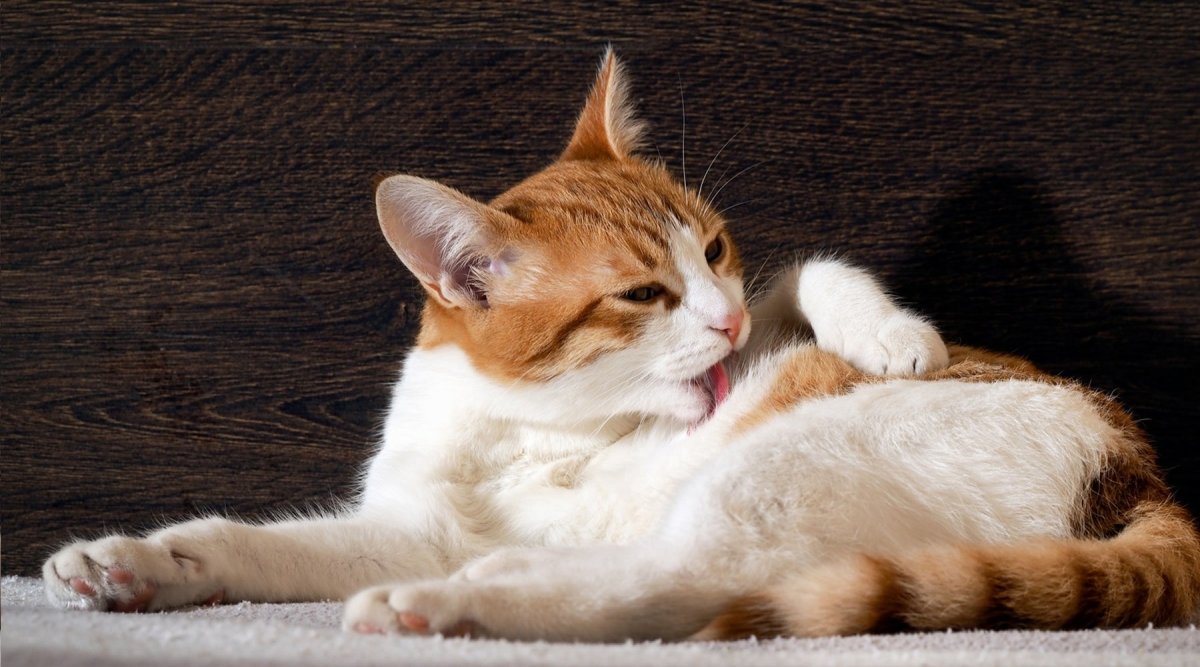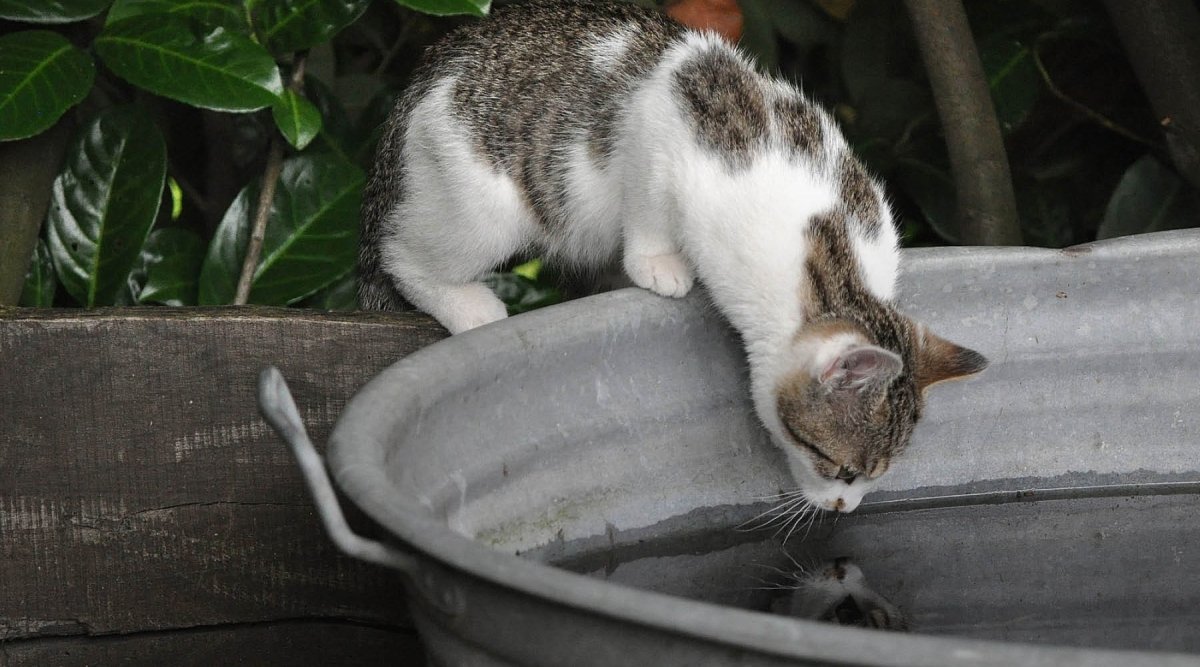Cats are former desert animals and are therefore not sensitive to high temperatures in summer. But the days when they roamed the sand and hunted their prey between rocks are over. In summer, it is often human errors that can be dangerous for our velvet paws. Today, our veterinary practitioner explains what you should consider for your cat's well-being in summer.
Heat-related problems in cats
Although cats are relatively hardy when it comes to heat, the sun can also be dangerous for them on hot summer days. The following problems can occur in your pet.
Sunburn
Despite the protection provided by their fur, some cats suffer from sunburn on their ears or other less hairy areas of the face in summer when exposed to strong sunlight. White or very light-colored cats are particularly affected in summer.
Heat stroke and dehydration
If your cat is exposed to the sun for too long, there is even a risk of overheating. This is often encouraged by the fact that the cat has consumed too little liquid, especially in summer. You can recognize heatstroke by the fact that your cat is restless, has an increased heartbeat, has difficulty breathing and, in addition to dark red gums, has an excessively high body temperature. If you notice any signs, take your cat out of the sun to a shady spot in summer and rub it gently with a cool, wet cloth. If you are unsure or the signs are severe, consult a vet - in the worst case, heatstroke can be fatal.
Cold or conjunctivitis
In our modern world, in addition to draughts from open windows, which are intended to cool down in hot temperatures, fans and air conditioning systems also lead to conjunctivitis and colds in cats.
How do I support my cat in summer?
Even if cats manage very well on their own in summer, they are still dependent on your affection and help when living with humans. So here are some tips on how to make your cat's summer as pleasant as possible:
1. water points can be playgrounds
To prevent dehydration, your cat should drink a lot in summer. Regardless of whether it is fresh or stale water, it is important that it is clean. Unfortunately, most cats are very afraid of water. However, there are ways to encourage your four-legged friend to drink from a fountain, water bowl, pond or watering can. Cats react best to water when they have the feeling that it is a game. Therefore, any form of running water is useful.
You can also turn your cat's usual drinking bowl into a playground by adding a few things: Try putting ice cubes in the water or ping pong balls. Many cats find the liquid water much more interesting when something is floating in it. This will keep your cat occupied and cool at the same time. You can also try placing several drinking bowls in the living area or garden. This increases the chances that your cat will drink several times. If your pet still doesn't drink enough, you can also supplement the water: how about some fresh chicken broth, for example?
2. wet food can provide liquid
To additionally cover your cat's water requirements in summer, you can give AniForte Natural wet food feed. Make sure that you always put it in the fridge covered after consumption and take it out about fifteen minutes before feeding. Wet food can spoil quickly at high temperatures. However, it has around seventy percent moisture, whereas dry food only has around ten percent. Just like us humans, cats consume less energy in summer and become sluggish. Therefore, the food should be easy to digest and should be divided into many small meals rather than one large meal.
3. minimize man-made dangers
In the garden, you should not only keep an eye on your barbecue. The pool or pond is also not safe unless it has a low exit or a cat-proof fence. It is particularly easy to prevent poisoning from pesticides: you should avoid slug pellets, for example, if your cat likes to play outside in summer. Simply use natural pesticides or trust that many pests will be eaten by your hunting animal anyway.
4. provide additional cooling
When it gets warm, your cat will groom itself more often in order to cool down through the evaporative cooling of the spit. You can enhance this effect by slightly moistening a washcloth on particularly hot days and stroking it over your cat's fur.
5. think about sun protection for your cat's skin
Light-colored cats in particular can suffer sunburn in summer. You can prevent this by applying sunscreen to the areas where your pet is at risk (e.g. ears and nose). It is best to use a mild product that does not contain parabens, preservatives, colorants or fragrances.
6. prevent parasites and don't forget to groom your dog's coat
The risk of parasites in your cat increases in summer. Therefore, it helps to protect your four-legged friend with appropriate precautions, e.g. with AniForte Ectoprotex cat. To detect a possible infestation with ticks or other insects at an early stage, it also makes sense to brush your cat regularly in summer. This also removes loose fur and creates more breathing space for the cat's heated skin.
7. provide shady places to rest
Retreats for your cat are essential on warm days. Cats prefer to lie between plants. This is encouraged by planting cat grass or catnip. These invite your velvet paw to rest and nibble. If you want to avoid poisoning here too, you should avoid wild vines, ivy or azalea in your garden. When it comes to the living room, it is better not to cool it down with a draught. It is also better not to place fans near your cat's resting place. Cool tiles, on the other hand, are very popular. During the day, you can also keep the apartment cool by lowering the blinds, for example. If you want to open the windows but have an indoor cat, you should consider installing netting.
Cats are low-maintenance summer animals, but still appreciate any additional cooling. So you can have a wonderful summer together.
How can you make your cat's summer a little more pleasant? And how does your pet react to the heat? Share your experiences with me and our community in the comments!
We hope you and your furry friends have a great summer!



